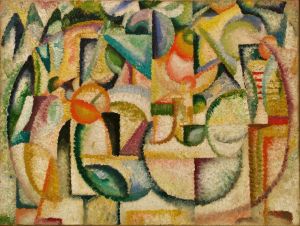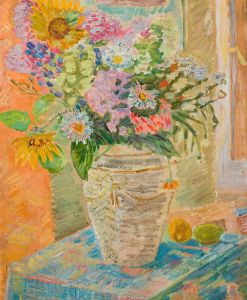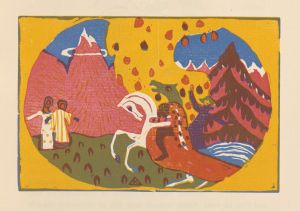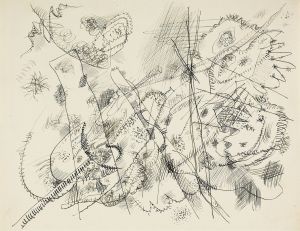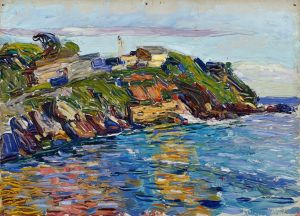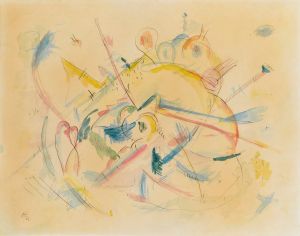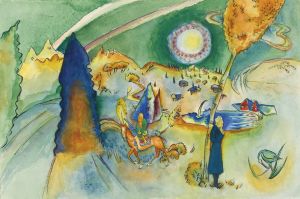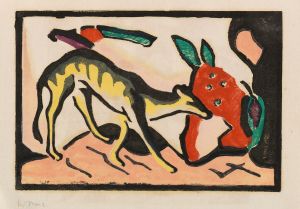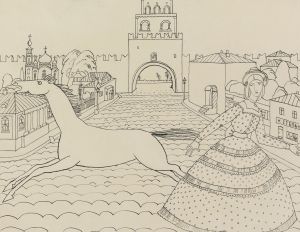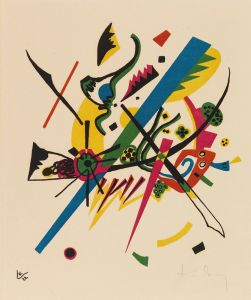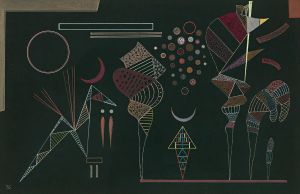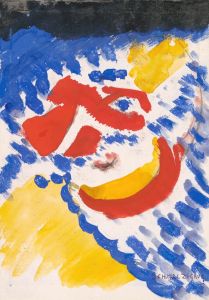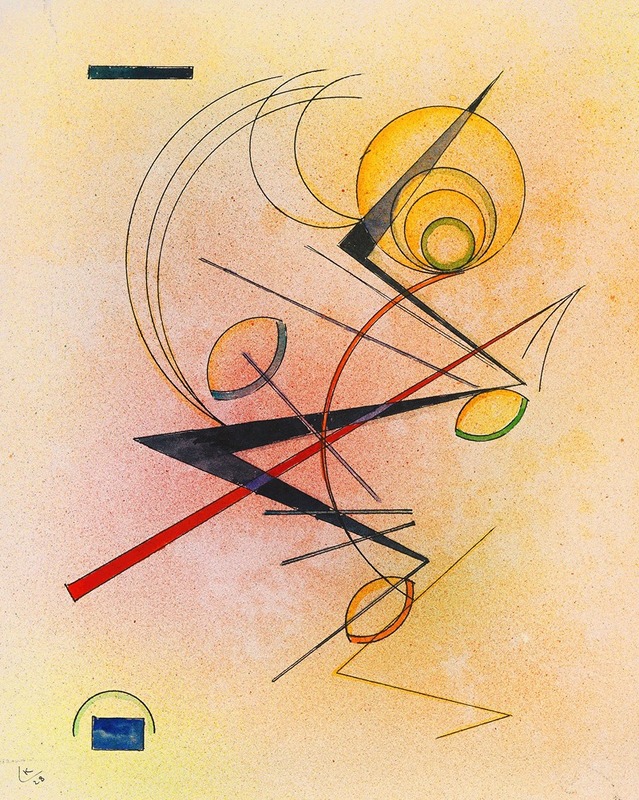
Kleines Warm
A hand-painted replica of Wassily Kandinsky’s masterpiece Kleines Warm, meticulously crafted by professional artists to capture the true essence of the original. Each piece is created with museum-quality canvas and rare mineral pigments, carefully painted by experienced artists with delicate brushstrokes and rich, layered colors to perfectly recreate the texture of the original artwork. Unlike machine-printed reproductions, this hand-painted version brings the painting to life, infused with the artist’s emotions and skill in every stroke. Whether for personal collection or home decoration, it instantly elevates the artistic atmosphere of any space.
Wassily Kandinsky, a pioneering figure in abstract art, created a multitude of works that have been celebrated for their innovative approach to color and form. However, there is no widely recognized painting titled "Kleines Warm" by Kandinsky. It is possible that there might be a misunderstanding or miscommunication regarding the title or the existence of such a work. Kandinsky's oeuvre is extensive, and his contributions to art are well-documented, but without verifiable information on a specific piece by this name, it is not possible to provide an accurate description or analysis.
Kandinsky was born in Moscow in 1866 and later became a leading figure in the development of abstract art. He was deeply influenced by music and often sought to create visual expressions that paralleled musical compositions. His works are known for their vibrant use of color and dynamic compositions, which aim to evoke emotions and transcend the literal representation of objects.
Throughout his career, Kandinsky was associated with several influential art movements and groups. He was a member of the Blue Rider (Der Blaue Reiter) group, which he co-founded with Franz Marc in 1911. This group was pivotal in the development of expressionism and abstract art in the early 20th century. Kandinsky's theoretical writings, such as "Concerning the Spiritual in Art" (1911), further established his ideas about the spiritual and emotional power of abstract art.
Kandinsky's work evolved significantly over the years. His early works were influenced by Impressionism and Fauvism, characterized by their bold colors and expressive forms. As he progressed, his style became increasingly abstract, moving away from representational art to focus on the interplay of colors and shapes. This evolution is evident in his later works, where he employed geometric forms and a more structured composition.
Kandinsky's impact on the art world is profound. He is often credited with creating one of the first purely abstract works of art, and his theories on color and form have influenced countless artists and movements. His legacy is preserved in major art institutions around the world, where his works continue to be studied and admired.
In conclusion, while Wassily Kandinsky's contributions to abstract art are well-documented and celebrated, there is no specific information available on a painting titled "Kleines Warm." It is essential to rely on verified sources and documented works when discussing an artist's oeuvre to ensure accuracy and respect for their legacy. If more information becomes available or if there is a clarification regarding the title, further research could provide additional insights into this inquiry.





